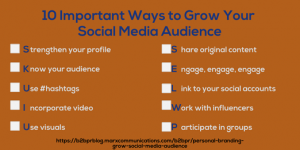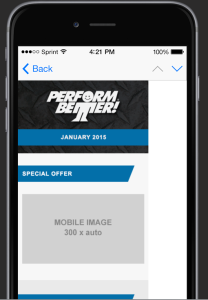So, you’ve spent lots of time and money on your website and your digital marketing, your SEO is optimized, and you’re actually getting decent traffic. But the sales aren’t happening. Low conversions might be attributed to your messaging, your website appearance and navigation, or a competitive disadvantage such as price. In these cases, you need to A/B test and reevaluate.
But it could be that you’re simply missing an important piece of information that would put your expectations into perspective and take your strategy to a new level. For instance, the fact that only 2% of website visitors convert on their first visit seems like an important piece of data to know. Since that’s true, maybe you should consider how to get those visitors to come back and convert. That’s where retargeting comes in.
What Is It?
Retargeting is a strategy that deals with the exact problem described above. If you’re no stranger to Amazon and Facebook, you’ve seen it in action many times. You’re browsing Amazon for something but you don’t buy it. Later on Facebook you get an ad in your stream, or next to it, for the exact item you were looking at before. This is retargeting, and companies like Amazon use it often and well.
It’s pretty simple. Someone visits your site. They get a cookie from visiting, which is later used for the retargeting campaign. If they actually buy, they get a “burner pixel” after the purchase screen which tells you not to serve them retargeting ads (not sure why this part seems left out on many of the sites I visit. Even when I buy I still get ads and emails from many sites to do the same thing again. It’s annoying and you should take note of that).
Using your analytics (which our social media management software provides), you then should segment your visitors every way you can to determine their sales readiness. What pages they visited, how long they were on the site, etc. Then you set your retargeting campaign to serve them ads on social media, in follow-up emails, and on other websites.
It’s Not Feasibly Optional
In other words, of course you don’t have to use retargeting, anymore than you must buy Facebook ads or promoted Pins or Tweets. But considering the 2% statistic, it seems awfully ridiculous not to. You’ve already spent time and money getting there the first time, why would you not spend a fraction of that to get them back to convert?
And there’s one of the key reasons why you should be using it. The cost of retargeting ads is much, much less than primary ads with a much higher ROI. Considering the data on consumer behavior, retargeted ads should just be a part of your advertising budget to start with. Your primary advertising gets them to the site the first time, and your retargeting ads help to seal the deal on some of the other 98%.
Just like any form of advertising, you can do too little or too much. Most firms who have studied it say that serving retargeting ads between 15-20 times per month is most effective, so about once every other day or so.
Retargeting serves three purposes overall. First it gets you in front of warm prospects who are already leaning your way somewhat. Second, it gets more traffic on your website, because even if they don’t buy the second time either many will still come back to look again. Finally, it saves you advertising money. This seems counterintuitive at first, because you’re spending more money by using them. But if your didn’t, your sales would be lower and you’d be spending more on primary advertising all over again to get the sales that retargeting would get you cheaper. See how that logic works?
Retargeting also gets your brand in front of faces more often, which makes a big difference over time psychologically speaking. One way brands earn another visit using retargeting is to offer a freebie to them if they’ll just return with a click, like a whitepaper or ebook. Just make sure it’s something worthwhile and not more junk on their hard drive, or you may just convince them not to come back anymore.
Business & Finance Articles on Business 2 Community
(80)
Report Post







